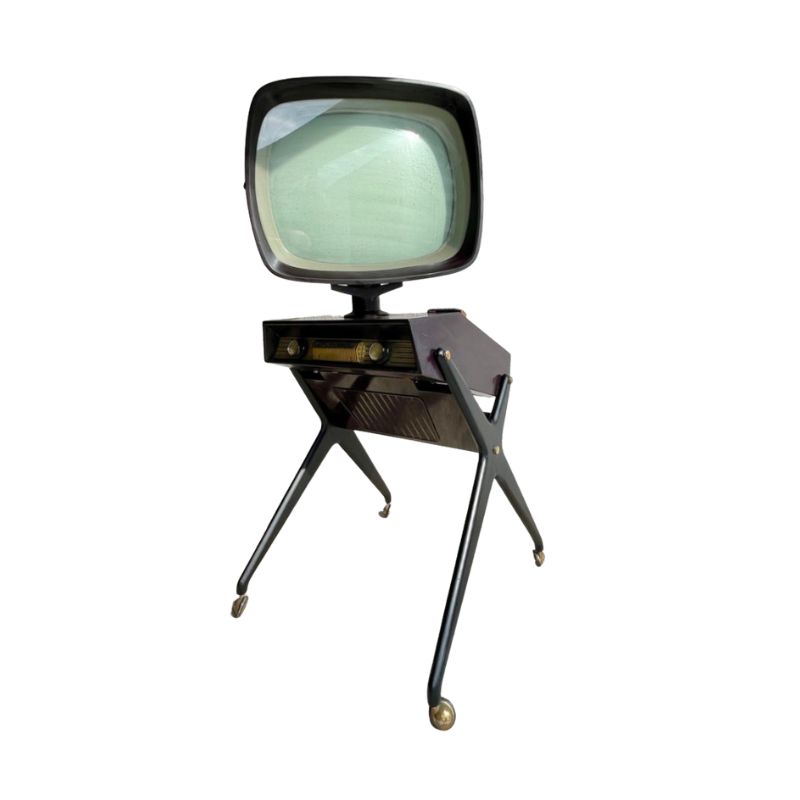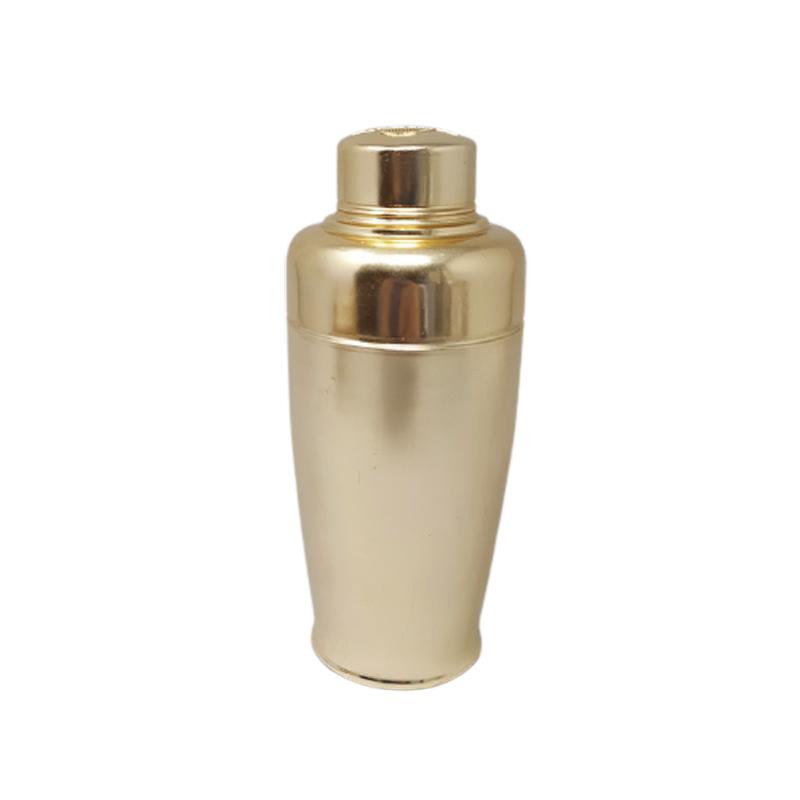Dear Design Addicts...
I have a Borge Mogensen teak chest that I love, but that appears to have faded on the front surface. You can see the difference in color on the side of the drawer versus the front in the attached pics. I have a similar second chest that is unfaded that I wanted to match it to, but had concerns about how much can be done... I know sun damage can be difficult to deal with. I am wondering if it is worthwhile to (strip?) and sand this a bit to expose wood that is more brown than yellow, knowing that there are risks regarding veneer... Or I could try and find someone here in Los Angeles to professionally dye the front? I know there is value in having patina, however, this is too much contrast from the other cabinet and I would rather have a new non-glossy finish and lose the patina so there is a closer match... Any thoughts? It's definitely a situation that bums me out...
HW  <img class="wpforo-default-image
<img class="wpforo-default-image
AM is right (not about being wrong). Faded teak often needs only an oiling to bring some color back. Matching the finish of another piece gets trickier. And faded rosewood is a whole different story.
You can do a search to see numerous oiling/reconditioning options. Everyone seems to have their own personal preference.
A few years ago I put together an HG wall unit with pieces from at least three different sources. Some of the boxes came from California and were really faded on the fronts and one top that would show. After much deliberation I decided to dye them. After messing around a bit with two different color dyes to get just the right blend, and practicing application methods on scrap wood, I went ahead and did it. Even with practice it was really tricky but I was pleased with the color match in the end. It was a little brighter than the original teak but that could have been tempered with the addition of a little black dye, I think.
Definitely have it done by an experienced pro, though. You have to get the dye on in one motion from start to finish without slowing down or stopping at any point, including touching the applicator down onto the wood. It's permanent and will not come out even if you use the right solvent on it immediately. My pieces have a few subtle blotches here and there but I just look the other way. I would not have gotten used to bleached pieces ever.
My daughter has the same combo in her house and left the bleached boxes as is and it still bugs me after several years!
Can you tell how thick the veneer is? I think sanding is safer, even with the danger of sanding through the veneer. But some older stuff has thicker veneer, I think...right?
I doubt the veneer is thick enough to sand through the degree of sun fading I see on this chest of drawers. The thickest teak veneer I've ever seen was on a Møller dining table, but it wasn't particularly early (1963). I think veneer thickness was rather hit or miss in the Danish industry of the era.
And if it were me, I would use Watco's teak oil, which will bring back a fair bit of the color, and if multiple coats don't do it, I would make my own tinted Danish oil, with the teak oil as a base, and go for a few more applications.
thanks everyone for your comments... they are VERY helpful. unfortunately they are different enough that I don't think "embracing patina" will ever look particularly good in this situation as they will look very different. I like the idea of dying professionally as well as tinted teak oil... I have a few questions though...
1 - Anyone know a professional finisher in Los Angeles that they would trust with this kind of work?
2 - If I try the tinted Danish oil, is it removable later if it is unsuccessful and I want to have it dyed or is it possible that you can dye over tinted Danish oil (or equivalent)? Isn't tinted oil "on top" of the wood?
3 - Does anyone have experience with dying teak and using tinted oil on teak that has either pictures or experience to relay?
thanks!
HW
Hundred waters: tinted oil is easy at least in concept. Tinted Danish oils, and even teak oil itself are the same in general concept. You add a small amount of artists oil paint to your oil finish to skew the color. You will want to aim to build the color up to what you want in multiple coats, not all in one go, which is a benefit of the technique, as you don't have to hit exact the right color the first try. Just let the coats dry completely between applications so that you can see your progress accurately.
And you can remove tinted oil from the wood. Initial coats of oil do soak in, but later coats are basically building the finish on top of the existing finish.
And I am speaking from experience.
I dyed a couple of HG boxes and shelves. The first step was to remove the old oil finish, which I did with alcohol and I think fine steel wool. It came off easily and quickly. It also left the wood very dry but re-oiling after dyeing fixed that.
Getting the dye to match the old teak of the rest of the pieces in the wall unit was very hard. The finished pieces were all brighter and more intense than the old stuff but not to the point where it bugged me. It is now a couple of years later and either the dye color has evened out or I'm just used to it. But these are also wall units that hold books and objects and the eye tends to go to those things and not the details of the wood.
The shelves were not hard to do well. The boxes with inset pulls and raised edges were. It was hard to get a perfectly clean start to a brush stroke when the brush has to fit exactly along the inside of a frame but also begin moving immediately. Going cleanly around the inset pulls was tough. If I had to do it again I would consider taking apart the boxes, at least partly--like removing the tambour doors, maybe. Except I wouldn't.
I think a pro would have mixed a little black into the dye blend to dull it down but I didn't buy any and was impatient to get going on it. I got alcohol-soluble dye so that it would be stable when oiled later, and it wasn't available locally.
The dye DOES color the wood deeply and it looks completely natural if you can avoid the smudges that result from hesitations in the brush strokes.
Photo #1 shows how bleached out the teak was---but it was also stripped with alcohol here, which makes it look even lighter. The dyed part is just one swipe of dye. Photo #2 is of one shelf. It looks really bright but part of that is the camera going nuts with the red tones. I don't have any good photos of the boxes in progress or the finished unit now (2 years later)---but I am look ing at it from a distance 10 feet and honestly I'm having trouble seeing any difference at all between the dyed parts and the untouched parts.
#3 - I got two colors to mix and the other was a brown with no red in it at all---maybe there was a third color too? The original parts had a lot of red in them for teak but I think my blend was still more brown dye than red.
Conclusion: dye provides a deep, rich, natural color but is best done by a professional.


If you need any help, please contact us at – info@designaddict.com









